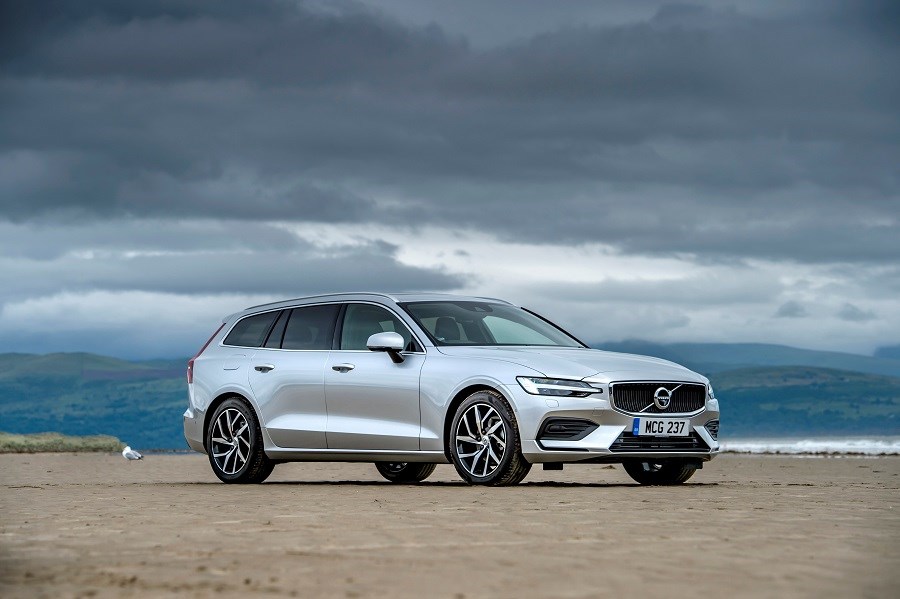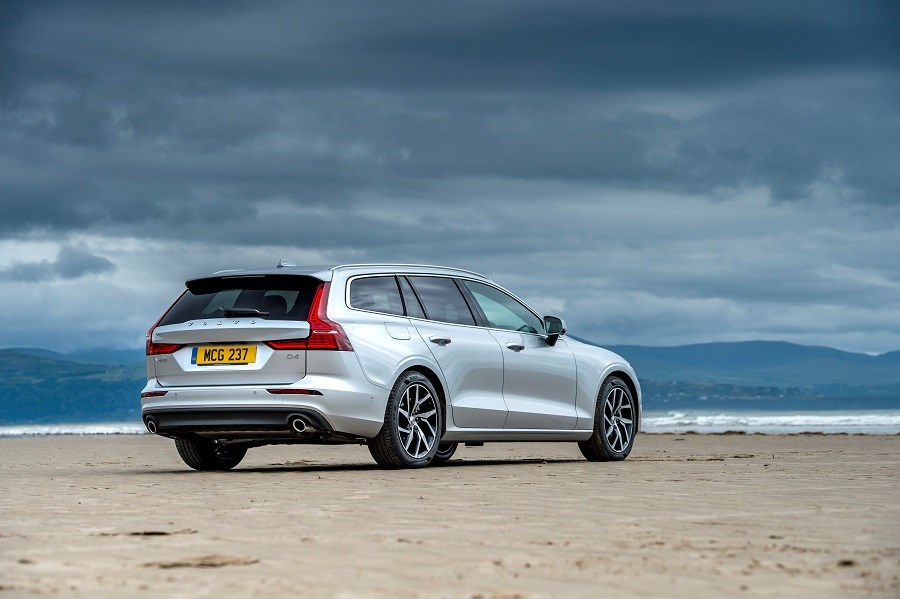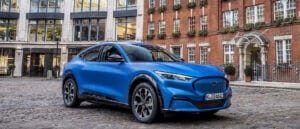Latest model
Volvo unveiled the swoopy second-generation V60 in February 2018, adopting a stylish new look similar to that of the XC90 and attractive V90 model.
Unsurprisingly, the V60 led the way when it came to safety kit, with features such as steering assistance which works in the event of a car veering out of lane, as well as oncoming lane mitigation: an autonomous braking technology that can steer out of the way of a car driving on the wrong side of the road.
Volvo’s latest Sensus infotainment system was also fitted as standard.
Since the V60’s unveiling, Volvo has added a stylish new R-design model to the range, featuring a sporty bodykit, larger alloy wheels, sports-tuned suspension and adjusted handling.
There has also been the unveil of the V60 Cross Country – the estate variant for those who fancy some off-road attributes. Styling differences over the normal car include additional bodywork protection, lower plastic cladding and wheelarch extensions, while mechanical differences include the addition of hill descent control and a special off-road driving mode.
The V60 has won plenty of accolades – including the 2018 Sunday Times Family Car of the Year award.
Value for money
Such is the luxury offered from the V60 that prices are not quite as cheap as you might expect. Models start from £32,410 which means the Volvo just undercuts the Audi A4 Avant and the outgoing BMW 3 Series Touring, but the V60 can’t quite rival those models for quality. That said, top-of -the-range models only cost a touch over £40,000 with the current petrol and diesel line-up. When the range-topping plug-in hybrid launches, this will likely cost more money.
The standard equipment is good though, with entry-level Momentum models coming with automatic LED headlights, a nine-inch touchscreen with satellite navigation, rear parking sensors and a host of safety kit with automatic steering and emergency braking featuring as standard. It’s this area where the V60 eclipses other models.
The previous generation V60 has been a popular fleet model in the past, so there’s examples starting from just £4,000 on the used market, although these will have travelled in excess of 100,000 miles.
Vehicles with lower mileage start from around £6,000, although this will get a car with the somewhat underpowered 1.6-litre diesel engine. Our pick would be a mid-spec SE car with the 163bhp D3 engine (2.0-litre diesel).
At the time of writing, the second-generation car had been on sale for less than a year, although several thousand pounds off list price could still be obtained.
Cross Country models are rare, and start from around £16,000, while you’ll struggle to find the performance Polestar version for much under £30,000.
Looks and image
While looks are subjective, it’s quite fair to say that the V60 is one of the best-looking estates there is, and makes its key rivals from Audi, BMW and Mercedes all look rather bland. The V60 has a sleek, swoopy profile and while the rear is boxier than the model it replaces, it pulls the estate look off well. Volvo’s trademark ‘Thor’s Hammer’ LED headlights are a welcome addition to the front, too.
The V60’s interior feels reassuringly premium, with plenty of soft materials used throughout. All besides the cheapest models come with leather seats, while Inscription models benefit from wood trim, which surprisingly isn’t as tacky as it sounds. Inside is where it feels like a slightly shrunken version of the excellent V90 – Volvo’s top estate– which is one of the best compliments you can pay to a car. The nine-inch touchscreen and Volvo’s clutter-free approach to interiors also make the V60 feel modern, although the touchscreen is needlessly fiddly to navigate – even more so on the move when it can prove distracting.
Unlike more performance-focused rivals, the V60 takes a refreshingly laid-back approach to driving. The V60 is a car to appeal to those who want to get to their destination in complete comfort, rather than as fast as possible. The steering might be lacking in feel, and it rolls more in the corners than it should but both these issues are immaterial when comfort is the priority. With plenty of punchy engines available, the V60 can accelerate rather quickly, should you need it to. Our only gripe is that the largest wheels offered on the R-Design hinder on ride comfort, while it’s not quite as refined as you might hope due to intrusive wind noise.





